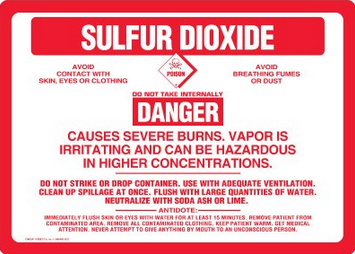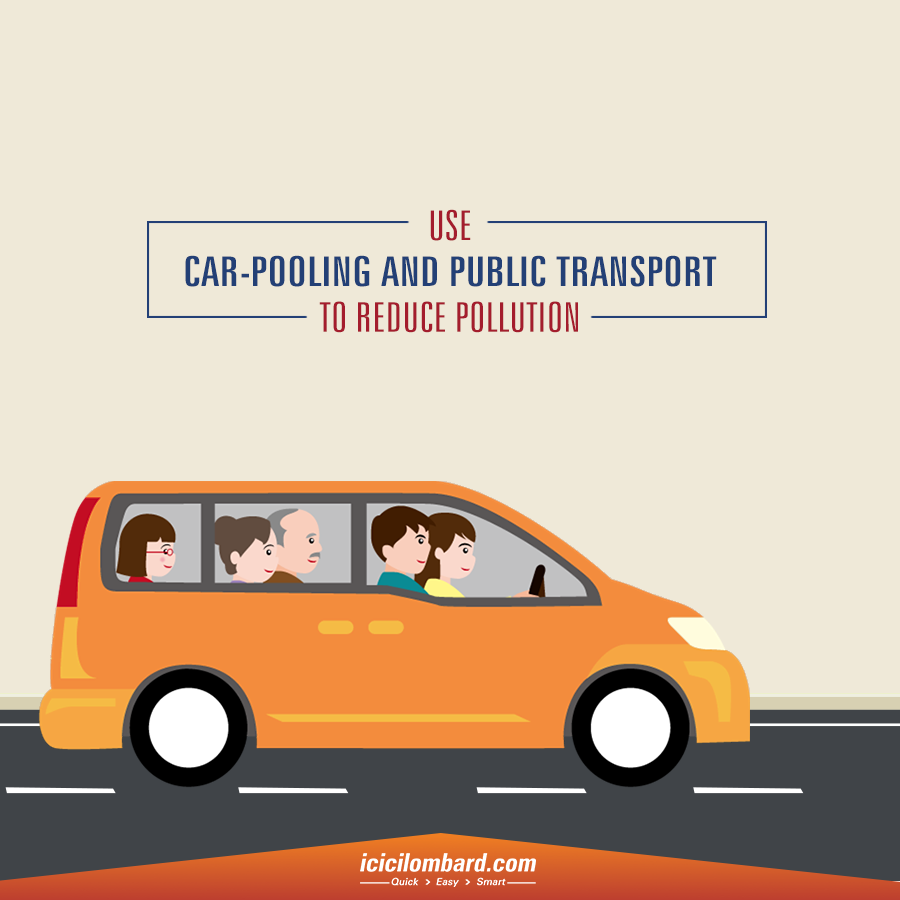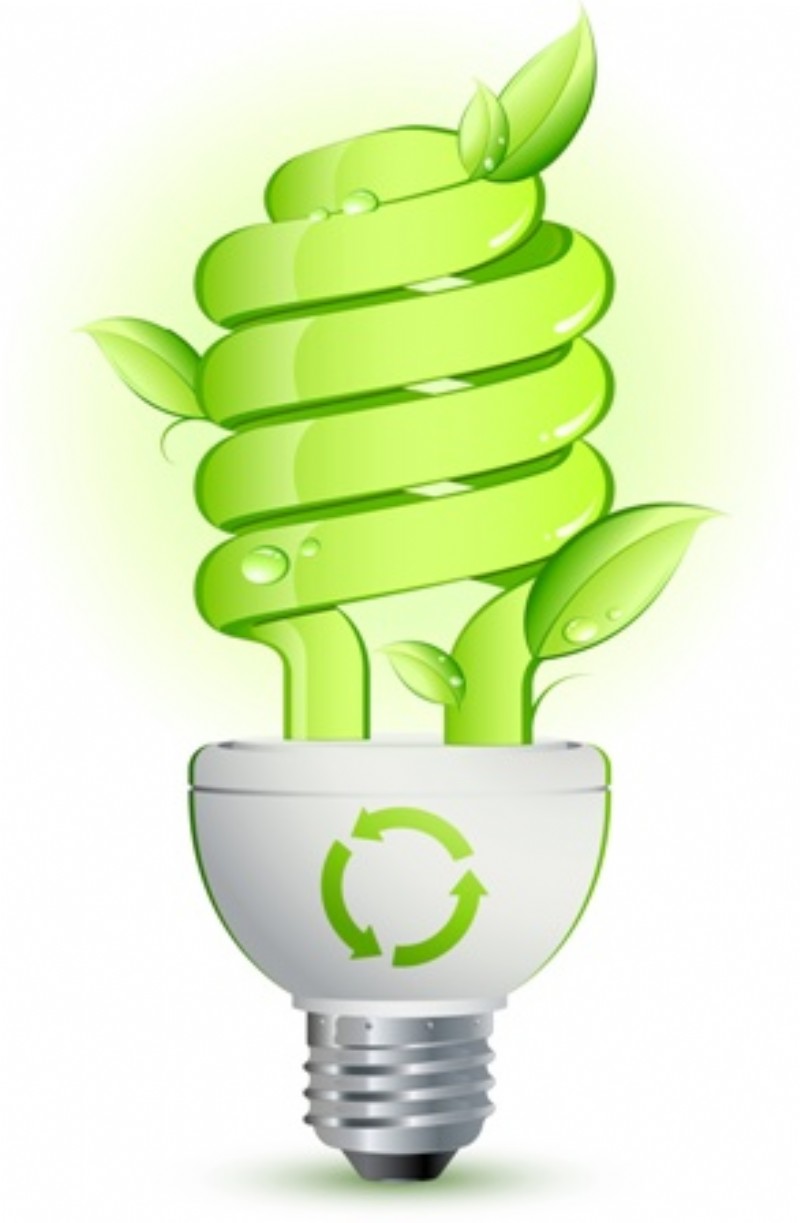1.
a. C5H9N3
b. The -NH2 at the extreme left end.
c. The amine group will contribute the most to the polarity of the molecule. This is the part that will interact the most with polar solvents such as water!
2.
a. C16N3H21
b. Both compounds have nitrogen-containing rings but they are of vastly different sizes which affects their properties.
3.
Antibiotics- Keflex, Penicillin
Other drugs- Aspirin, Morphine, Estrogen, Amphetamine
4.
a. Bioactive ingredients found in herbal or alternative medicines are increasingly being clinically tested and documented to prove their effectiveness. Manufacturers are also seeking to improve quality control by having a scientific appraisal process, standardised production technology and as well as stringent quality control procedures. Research grants have been offered for formal medical studies conducted by medical researchers on the combined usage of herbal supplements and commonly used drugs such as aspirin, and level 1 clinical trial results have shown that combination usage of the medicines have no adverse effect.
b. Under Singapore’s Health Products Act and the Medicines Act, it is mandatory for all domestic manufacturers and assemblers of both therapeutic and traditional chinese medicine to comply with Good Manufacturing Practice (GMP) laid out by the Health Science Authority (HSA). All overseas manufactures are expected to comply with the local GMP standards as well. The GMP ensures that the production process of the medicinal products are consistent with the quality standards that is appropriate for their intended use. Singapore also adopts a post-market surveillance system consistent of two distinct components. First, regular samples and tests of products found in the market are conducted. Second, a local network of healthcare professional and global regulatory partners help to monitor and pick up advanced signs of any problematic health products that are causing adverse reactions. This two pronged approach helps Singapore to stay ahead and issue early recalls of harmful alternative medicine products.










